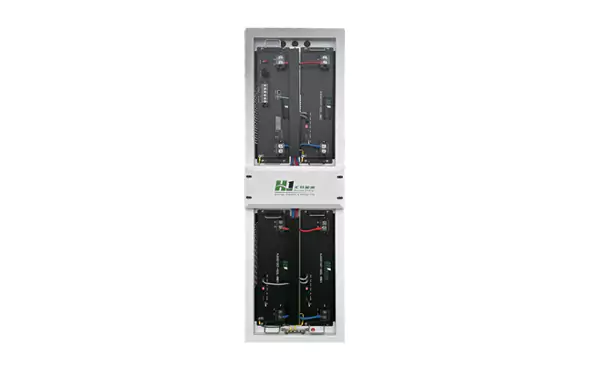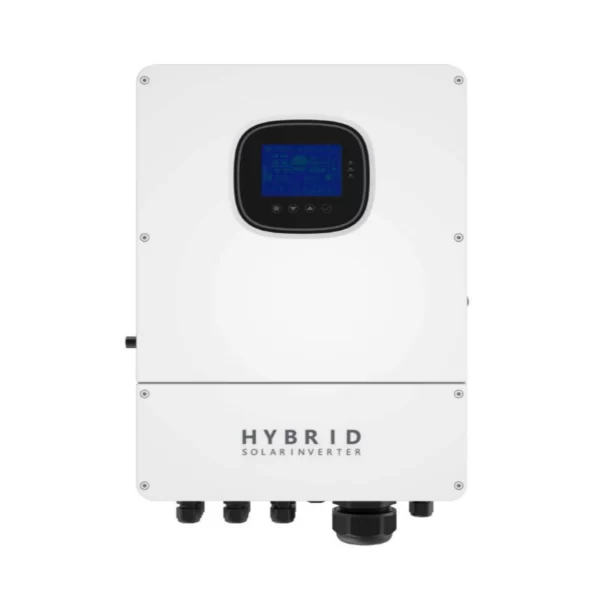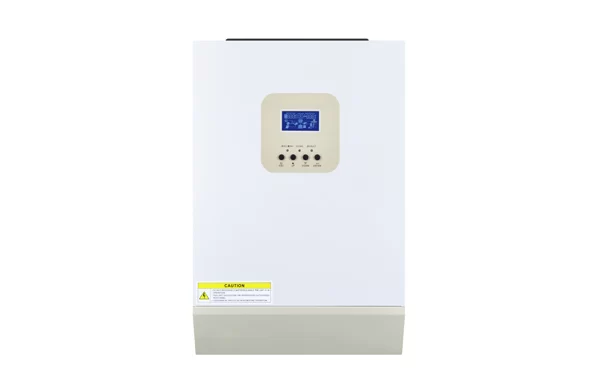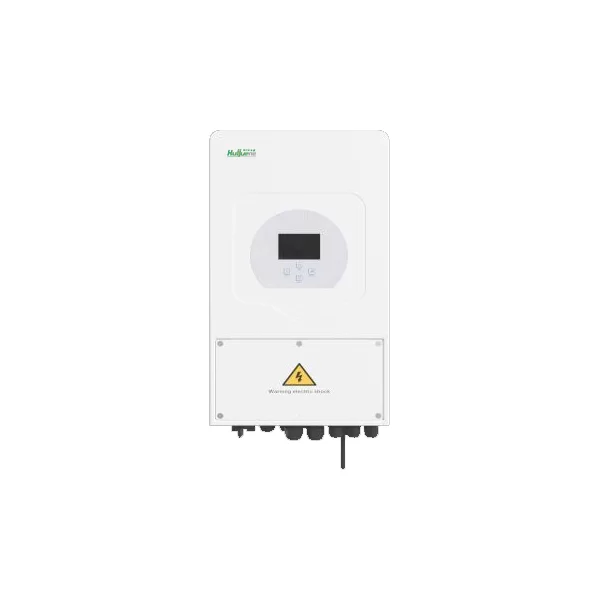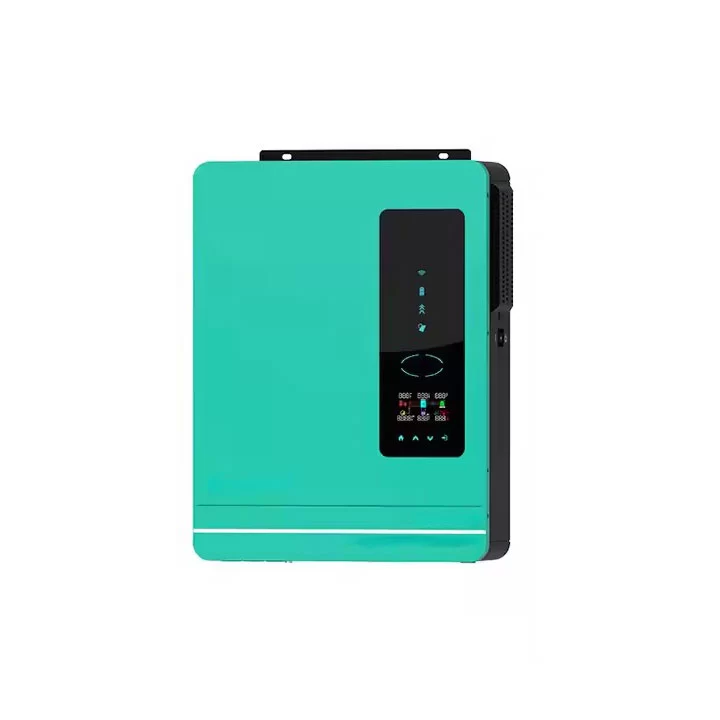Get A Quote Now!
Inverter Battery 200Ah Price: What to Anticipate in 2025
Prior to diving into inverter battery 200Ah price trends, one must learn what “200Ah” really means.
- Ah (Ampere-hour) is a unit of the battery’s capacity, or how much charge it can carry.
- A200Ah inverter battery, theoretically, would be able to provide 200 amps of current over one hour, or 20 amps over 10 hours.
In practice, efficiency losses and discharge rates enter the picture, but 200Ah is typical size for homes, small enterprises, and even some off-grid solar systems.
Average Inverter Battery 200Ah Price in 2025
Inverter battery costs vary by type, brand, and region. Rough estimate for mid-2025 is:
Battery Type | Typical 200Ah Price (USD) | Common Use Case |
Lead-Acid (Tubular) | $180 – $250 | Basic home backup |
Lithium-ion (LFP) | $350 – $500 | solar + smart inverters |
Gel Batteries | $250 – $320 | Low-maintenance environments |
These are representative retail costs in Asia and Africa where inverter penetration is highest. In India or Nigeria, for instance, local manufacturing and subsidies can reduce prices.
What Affects the 200Ah Battery Price?
When people ask about inverter battery 200Ah price, they expect a simple response. The truth is that several things influence the final price:
- Battery Chemistry– Lithium batteries are costly to buy but last longer (3,000–5,000 cycles) compared to lead-acid.
- Brand Reputation– Famous brands like Exide, Luminous, or Amaron in India are costlier on the basis of guarantee and maintenance.
- Technology– Advance features like BMS (Battery Management System) in lithium batteries drive up the cost.
- Import & Supply Chain– Global lithium prices, transportation, and customs duties affect local prices.
- Application– Use at home, use in business, or solar storage need different specs.
Real-World Case: India’s Home Inverter Market
India is one of the largest markets for inverter batteries. For instance, in Uttar Pradesh’s Lucknow, a family relying on periodic backup can spend ₹18,000–₹20,000 ($220–$240) on a tubular lead-acid 200Ah battery.
A Bengaluru solar home that invests in lithium technology, however, may spend nearly double the cost up front—₹30,000–₹40,000 ($360–$480)—but save money in the long run because they last longer and require less maintenance.
This indicates why up-front cost is just half the story—long-term economics are what matter.
Do You Use Lithium or Lead-Acid for 200Ah?
Wannabes are wondering: If lithium batteries are more expensive, are they worth it?
Here’s real-world comparison:
- Lead-Acid 200Ah– Cheaper, widely available, heavy, requires water topping, and typically lasts 3–5 years.
- Lithium 200Ah– Lighter, maintenance-free, 8–10 years life, deeper depth of discharge.
So, if your backup need is occasional and budget is tight, lead-acid works. But if you’re pairing with solar or need daily cycling, lithium is the smarter pick.
Industry Trends in 2025
The inverter battery industry is shifting quickly:
- Lithium Price Declines– Thanks to improved supply chains from China and Australia, lithium LFP batteries are becoming more affordable.
- Solar + Inverter Integration– Lithium pack-integrated hybrid inverters are becoming popular, reducing installation complexity.
- Smart Monitoring – IoT-capable batteries now allow users to monitor health and performance through mobile apps.
- Government Incentives– India and Kenya offer subsidies on solar + storage systems for homes, fueling lithium adoption.
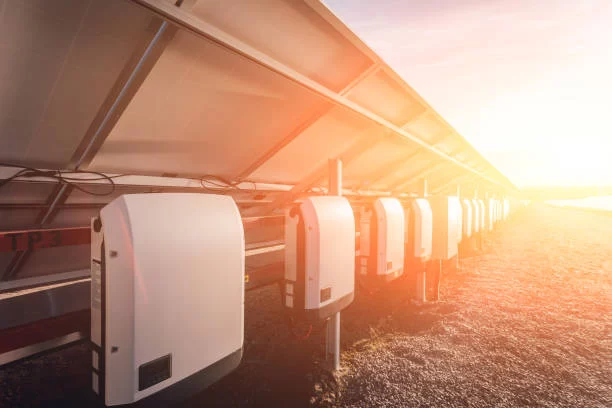
Pros and Cons of 200Ah Inverter Batteries
For simplicity, here’s a brief rundown:
Advantages:
- Guaranteed power backup
- Compatible with most inverters
- Perfect for solar storage
- Scalable to small-scale businesses
Drawbacks:
- Higher initial cost (especially lithium)
- Weight and space concerns (lead-acid)
- Replacement cycles are drastically different
Practical Buying Tips
If you’re planning to buy a 200Ah inverter battery, following tips will save you money and hassle:
- Check Cycle Life– A cheaper battery with half the lifespan isn’t really cheaper.
- Look at Warranty– 3–5 years is standard for tubular, 7–10 years for lithium.
- Match to Inverter– Not all inverters are lithium-compatible; check compatibility.
- Inquire About After-Sales– Service availability, especially rural, matters.
- Future Load Plan– Should your energy usage will grow, modular lithium options may be wiser.
Thinking Ahead
One of the questions is whether 200Ah is “adequate.” For a small house, yes—it can power fans, lights, and low-level appliances for a couple of hours. But for air con or heavy load, you’ll need multiple batteries in parallel.
And there is the question of size: Is a single high-end lithium unit superior to two bottom-shelf lead-acid ones? The decision is based on how much money you can spend and how often you’ll be cycling the battery. Frequent daily use is well suited for lithium; rare outages are well suited for lead-acid.
Common Questions People Have
Certain buyers want to know for how long 200Ah inverter battery will last. Lead-acid generally lasts 3–5 years, but lithium easily goes over 8–10 years with proper maintenance.
Others must be informed if a 200Ah battery can handle heavy loads like refrigerators or air conditioners. The short answer is yes, but runtime depends on load and inverter capacity.
Lastly, a few ask about second-hand batteries as an inexpensive option. While tempting, they typically have reduced lifespan and unknown dangers, so they’re rarely a good long-term choice.

